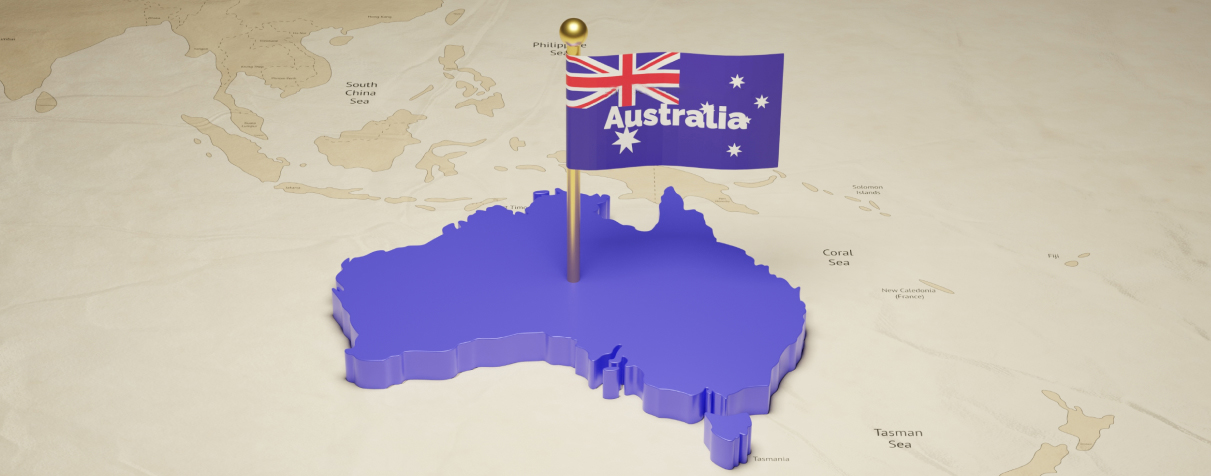02/21/2024
Australia's skilled migration program attracts individuals from around the world looking to work and settle in the country. With a strong economy, high standard of living, and diverse opportunities, Australia is a popular destination for skilled migrants. If you're considering migrating to Australia, it's essential to understand the in-demand occupations and pathways available to you.

Australia's skilled migration program is designed to address labor shortages in key sectors of the economy. As a result, certain occupations are in high demand, making it easier for individuals with skills and experience in these areas to migrate to Australia. Some of the in-demand occupations include:
Healthcare Professionals: Australia has a growing healthcare sector, and there is a constant demand for doctors, nurses, and allied health professionals. This includes occupations such as general practitioners, registered nurses, physiotherapists, and pharmacists.
IT Professionals: With the increasing reliance on technology, IT professionals are in high demand in Australia. Occupations such as software developers, systems analysts, and IT project managers are sought after by Australian employers.
Engineers: Engineers play a crucial role in Australia's infrastructure development. Civil engineers, mechanical engineers, and electrical engineers are among the most in-demand professions in the engineering sector.
Tradespeople: Skilled tradespeople, such as electricians, plumbers, and carpenters, are always in demand in Australia. These occupations are essential for the construction and maintenance of buildings and infrastructure.
Teachers: Australia values education, and there is a constant demand for qualified teachers in schools and educational institutions across the country. Specialized teachers in subjects like maths, science, and languages are particularly sought after.
There are several pathways to migrate to Australia under the skilled migration program. The most common pathways include:
Skilled Independent Visa (subclass 189): This visa is for skilled workers who are not sponsored by an employer, a state, or territory, or a family member. To be eligible, you must meet the points test requirement based on factors such as age, English proficiency, and work experience.
Skilled Nominated Visa (subclass 190): This visa is for skilled workers who are nominated by a state or territory government. To be eligible, you must be invited to apply and meet the nomination requirements of the specific state or territory.
Skilled Regional (Provisional) Visa (subclass 491): This visa is for skilled workers who are nominated by a state or territory government or sponsored by an eligible relative living in a designated regional area. This visa allows you to live and work in a specified regional area for up to five years.
Employer-Sponsored Visas: Employer-sponsored visas, such as the Temporary Skill Shortage (subclass 482) visa and the Employer Nomination Scheme (subclass 186) visa, allow skilled workers to migrate to Australia if they are sponsored by an Australian employer. Conclusion Migrating to Australia as a skilled worker offers numerous opportunities for a fulfilling career and a high quality of life. Understanding the in-demand occupations and pathways available to you is essential for a successful migration process. If you're considering migrating to Australia, consult with a migration agent or visit the official Australian government website for the most up-to-date information on skilled migration programs and requirements.